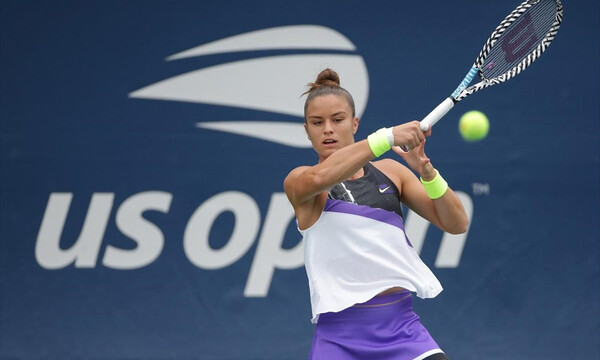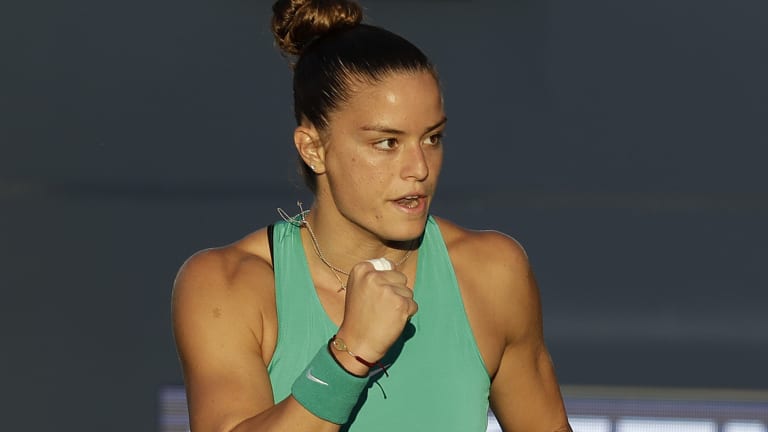


At 18 in 2013, she moved from Greece to Barcelona by herself which “made me realise that I have to live my own life, just take my decisions for myself”. The progress from there was slow but constant. She cites Aryna Sabalenka, career high junior ranking of 225, as another player who defied convention: “Seeing these players now, I don’t want to sound arrogant, but at the moment being the better player than some of them, it proves … you can tell many juniors that you don’t have to be a top junior to make it to the top.” Looking back to those days and seeing how she has overtaken some of them is an understandable source of satisfaction for Sakkari. I could clearly see that they were another level.” In time she eventually transitioned to the ITF pro circuit, the lowest rungs of professional tennis, and she would see many of the far more successful junior players, with all of their sponsors and hype, also trying to reach the top of the game: “They were so far away,” she says.

If she didn’t succeed, she already had an alternative route in mind: “I was thinking of maybe going to college or studying something in Greece.” When she decided to pursue her career as a professional, she initially gave herself two years just to see how things would go. Sakkari, now 26, was unremarkable as a junior player, reaching a career high of only 203. “My father paid so much for me to play tennis and I’m very grateful for what he has done and they have both done in order for me to achieve my goals.”Ī result of treading her own path without outside help is that it has been uncommonly long. “I was lucky to have parents like my parents because they invested a lot and I had zero support from federations or sponsors,” says Sakkari, whose mother, Angeliki Kanellopoulou, was once ranked No 43 in the world.


 0 kommentar(er)
0 kommentar(er)
